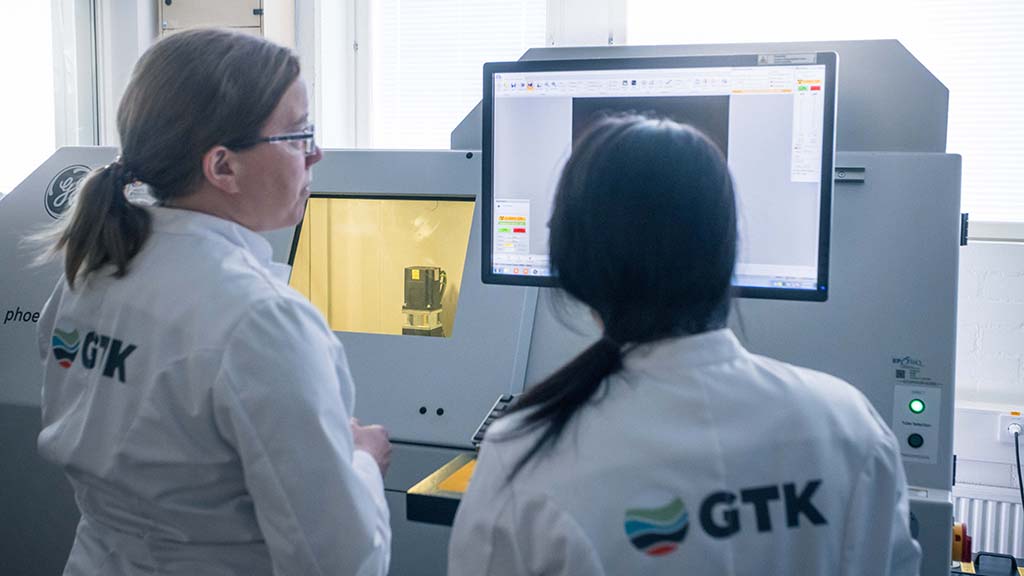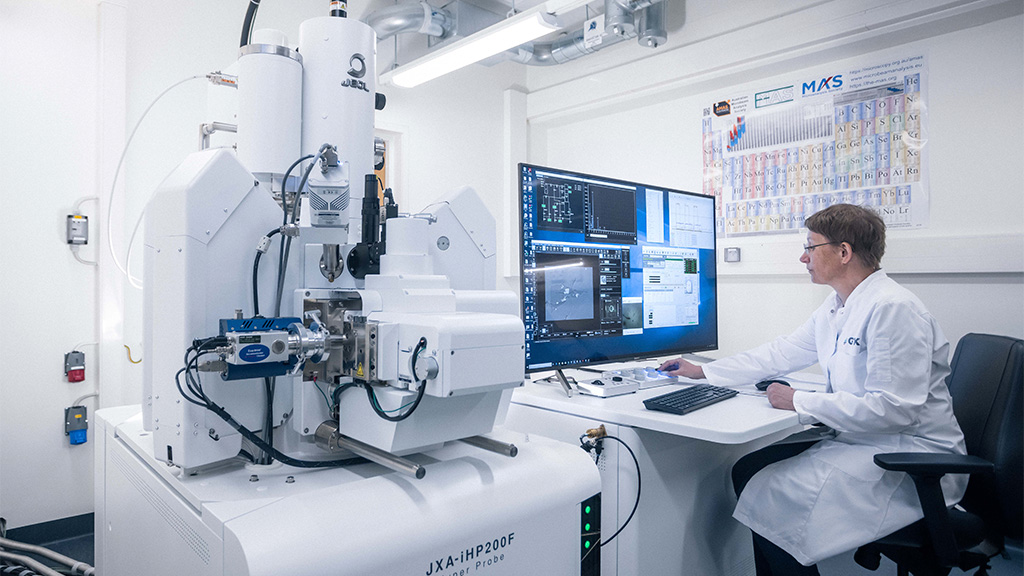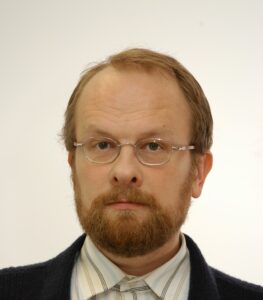Research on Mineralisation Processes
Understanding the different stages of mineralisation is key in ore prospecting and in the development of identified ore deposits. GTK’s research laboratories provide a large selection of methods for identifying the mineralogical and geochemical properties, structure, age and mode of formation of ore deposits.

Enhancing the assessment of mineral potential
Promoting the selection of suitable processing techniques
Supporting the assessment and minimisation of environmental impacts
Tailored research services for the customers’ needs
GTK responds to the challenges associated with the adequacy of mineral resources by offering customised research services for all stages of ore prospecting, characterisation of ore deposits, and active mining. Understanding the different stages of mineralisation is key in ore prospecting and in the development of identified ore deposits.
GTK’s professional and highly trained staff collaborates with each customer to design the best possible research concept for their needs. GTK applies a solution-centred and research-oriented approach. In addition to the analysis services, we offer support for interpreting the results.
GTK has equipment for analysing even minor concentrations of valuable substances
GTK studies the mineralisation process with various methods based on, for example, electron optics, X-ray diffraction, X-ray fluorescence, X-ray tomography, and mass spectrometry.
Isotopic and geochemical methods are basic tools used in geological studies to date mineralisation, analyse its development, and explore the related processes. The most important geochronological method is in-situ dating of zircons, monazites, titanites and numerous other minerals based on U-Pb isotopes. In addition, GTK can date materials based on Sm-Nd isotopes and measure numerous other radiogenic and stable isotope ratios which reflect, among others, different geochemical reactions.

The microanalyzer enables precise analysis on a very small scale.
Mineralogical and structural 2D and 3D studies provide information on, for example, the occurrence of valuable and harmful substances in different minerals, their composition and grain size. These are essential elements in the planning of usability and beneficiation processes. Thanks to the wide range of equipment in GTK’s research laboratories, the fixation of valuables to different minerals can be reliably determined all the way to ppm levels.
Read on
Contact us
Leave your contact information and we will get back to you.


